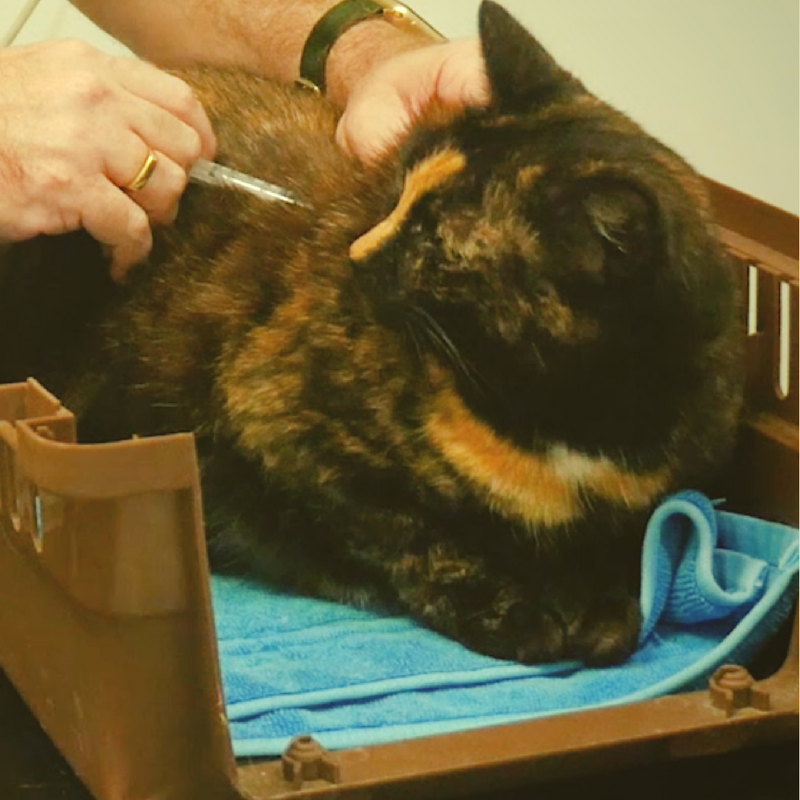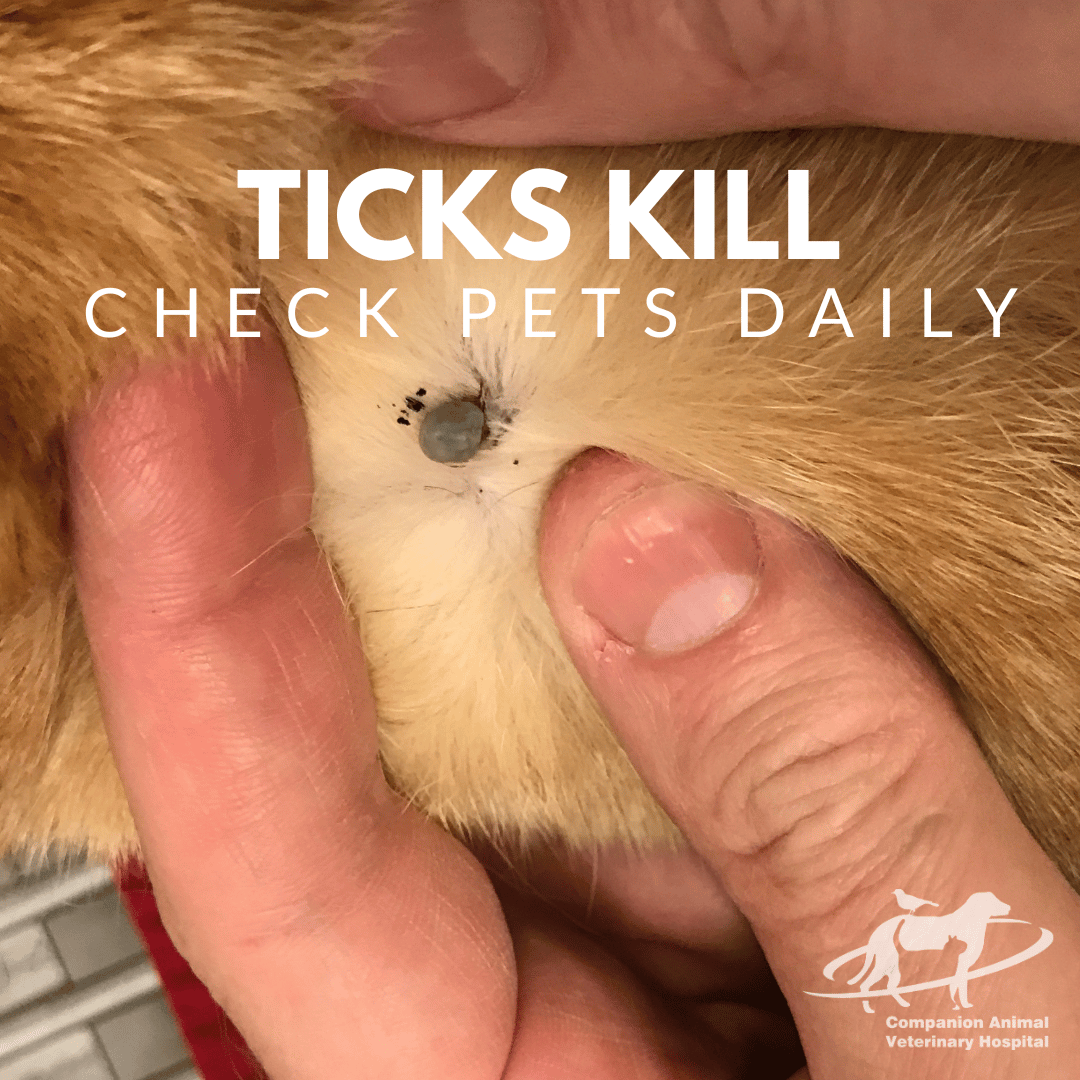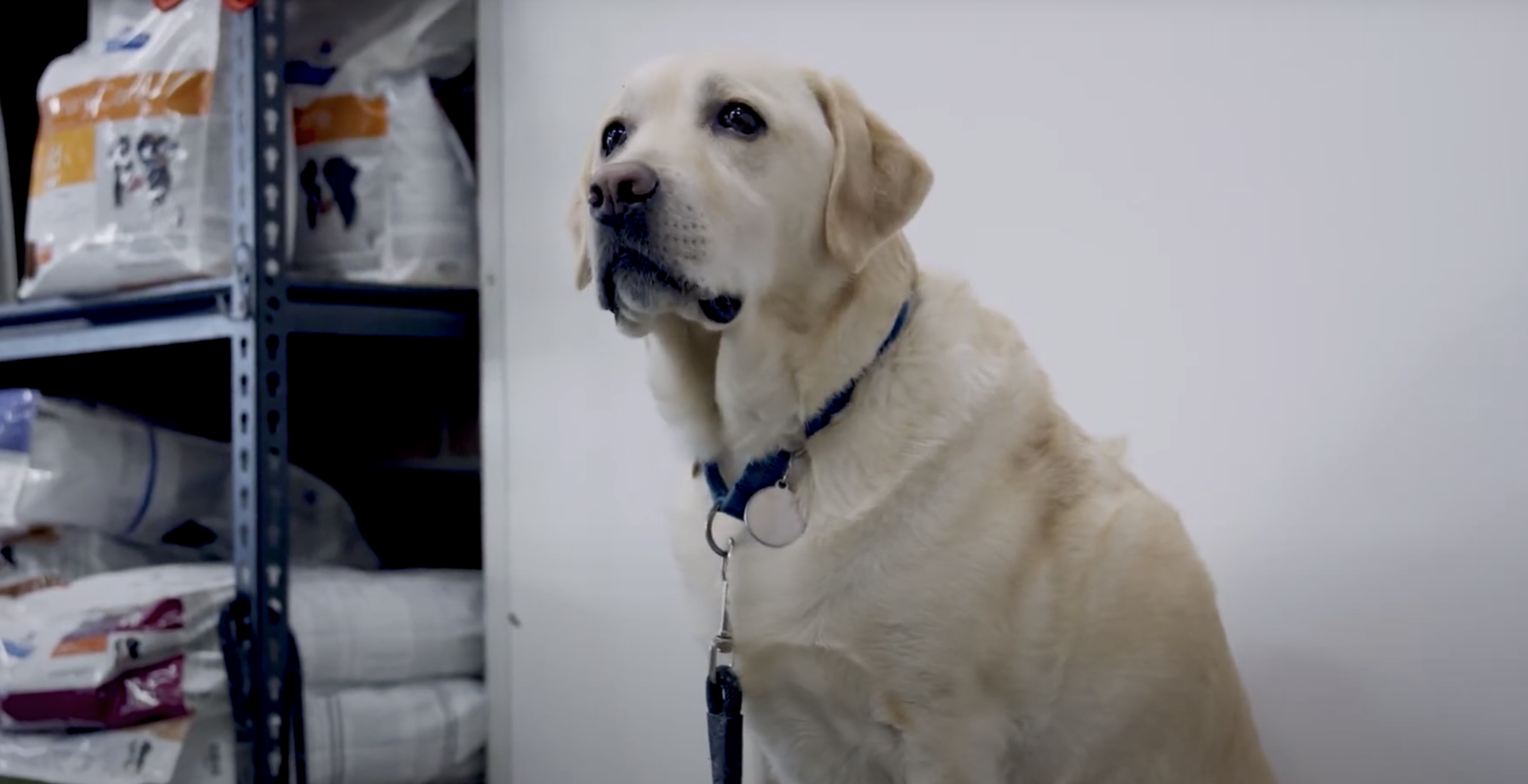In some way it would be great to wrap our pets in cotton wool to stop them getting hurt or sick. In my experience, there a few animal that this would be more difficult do with than a cat. Since bundling them up (not to mention herding them away from danger) is not really practical, we have to rely on other disease prevention strategies and the cornerstone of these is vaccination.
Vaccination works by priming the cat’s own immune system to react to specific disease threats that it may encounter. While there are a large number of possible vaccinations out there, at CAVH we recommend F3 for inside cats, with an additional FIV vaccine for those allowed to roam.
What’s an F3 vaccination?
The 3 in ‘F3’ refers to the 3 diseases that the vaccine protects from. In no particular order we have:
Feline Rhinotracheitis Virus (FRV)
Also known as feline herpesvirus, FRV is the most common cause of respiratory disease in cats. Symptoms include coughing, sneezing, eye and nasal discharge with or without a fever. Symptoms often resolve after a week however it can be fatal in kittens and many cats develop secondary infections that can prolong signs. Some cats become chronically infected, with constant upper respiratory signs, while others may have intermittent episodes through their lives. The virus is spread by direct contact with secretions from the eyes, nose or mouth, either directly from another cat or on contaminated objects.
Feline Calicivirus (FCV)
FCV is another common cause of cat respiratory disease. It is a rapidly mutating virus, producing different strains which can cause a range of signs from none to rapid death. Most infected cats will show signs similar to FRV but will also often have oral ulcerations. Secondary infections can complicate recovery and some cats will be persistently infected. The virus is very contagious from bodily secretions and can be present in the environment for a number of weeks.
Feline Panleukopenia Virus (FPV) – or Feline parvovirus
FPV targets the gastrointestinal system, causing ulceration and sloughing of the lining. This leads to bloody diarrhoea, dehydration, low blood counts and allows bacterial infection. Other symptoms may include lethargy, vomiting, fever and inappetence. Like the closely related parvovirus in dogs, cases are often fatal and if pregnant cats are infected can cause damage to unborn fetuses. The virus is spread through body fluids and fleas and is very persistent in the environment, surviving for over a year in favourable conditions. Inside cats may be infected when the virus is transported on shoes or clothing.
Feline Immunodeficiency Virus (FIV)
Feline AIDS, FIV is a virus that attacks the immune system. Affected cats initially have a short episode of lethargy, fever and swollen glands. This is followed by a period of no symptoms that can last for months or years, after which the cat progresses to the final stage, where the cat is extremely prone to contracting other diseases that may lead to death. The virus is spread primarily through bites from other cats, so is more prevalent in males.






